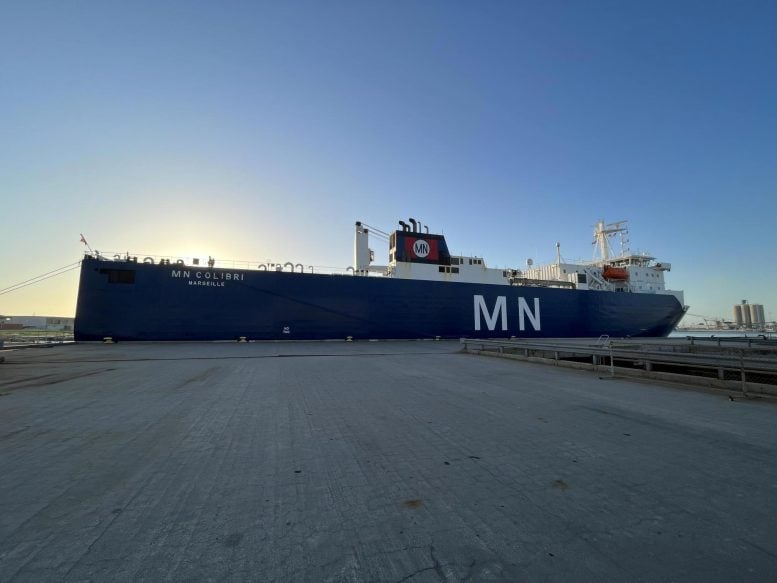
SA’s Euclid spacecraft arrived at Port Canaveral, Florida, on April 30 before being moved to the Astrotech facility near Cape Canaveral. The satellite is set to launch on a SpaceX Falcon 9 rocket no earlier than July and will travel 1.5 million km to the Sun-Earth Lagrange point L2. Euclid will map billions of galaxies across more than one-third of the sky, helping astronomers study the Universe’s expansion, large-scale distribution of galaxies, and the role of gravity, dark matter, and dark energy, which together make up 95% of the Universe. Credit: Thales Alenia Space / ImagIn
The European Space Agency’s Euclid spacecraft is set to launch on a SpaceX Falcon 9 rocket in July, mapping billions of galaxies to study the Universe’s expansion, gravity, dark matter, and dark energy.
ESA’s Euclid spacecraft finished its ocean cruise safe and sound on April 30 at Port Canaveral in Florida. Subsequently, the satellite was moved by road to the Astrotech facility near Cape Canaveral.
Euclid will launch on a SpaceX Falcon 9 rocket, no earlier than July, before starting its 1.5 million km journey to the Sun-Earth Lagrange point L2. In orbit, Euclid will map billions of galaxies out to 10 billion light years, across more than one-third of the sky.
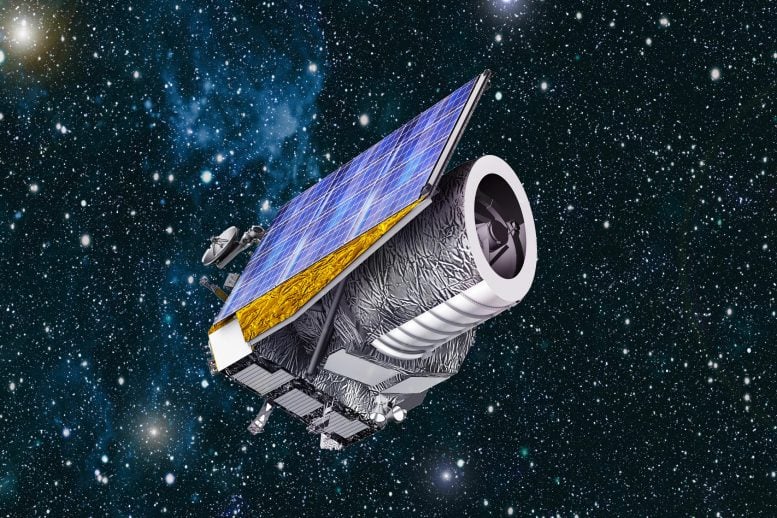
This artist’s impression depicts ESA’s Euclid spacecraft. Euclid is a pioneering mission to observe billions of faint galaxies and investigate the origin of the Universe’s accelerating expansion, as well as the mysterious nature of dark energy, dark matter, and gravity. Credit: ESA
Euclid’s cosmic map will help us understand the Universe’s mysterious components: dark matter and dark energy. Together they appear to make up 95% of the Universe, while the normal matter that we know and are made of (together with stars, planets and all we see) makes up the other 5%.
Astronomers will use Euclid observations to study the evolution of the expansion of the Universe and the large-scale distribution of galaxies over cosmic history. From this, we can learn more about the role of gravity and the nature of dark matter and dark energy.

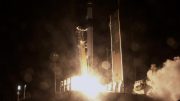
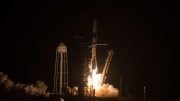
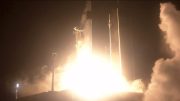
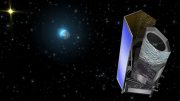
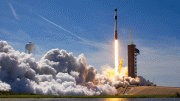

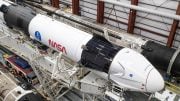
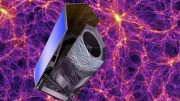
Be the first to comment on "ESA’s Euclid Spacecraft Arrives at Port Canaveral Launch Site"